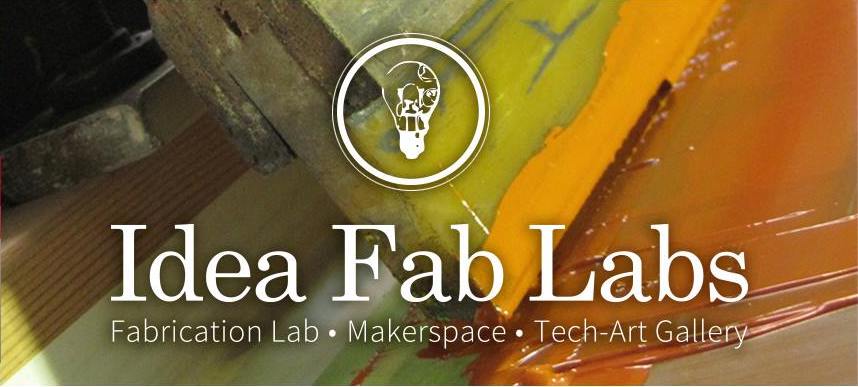 |
|---|
:: Principles & Practices and Project Management ::
A Fab Lab (Fabrication Laboratory) is a small-scale workshop with computer controlled tools with the aim to make "almost anything". In the same way the micro computers changed computing, desktop fabbers (fab lab machines) may change manufacturing as a result of which people could produce things at home or within small organizations.
The objective for this introductory week is to plan and sketch a potential innovative idea for my final project which will be developed using all the skills I will learn in the coming weeks.
So this week I worked on defining my final project idea and started to getting used to the documentation process.
The class “How To Make (almost) Anything” (also “How To Make” or just “Make”) is sort of legendary. Each week we will cover a different fabrication technique by learning new tricks to make (almost) anything:
In the first week we learnt to design a website by using verious tools and to put the snapshots of the work done. The website also shows a brief idea of the project which is to be completed by the end of the training.
The first week assignments was to create a website to use to document and share our ongoing Fab Academy progress and observations.After some research i found the best resources for information on HTML and CSS and developed my website by using Macromedia Dreamweaver 8.0. The main advantage of Dreamweaver 8 is that we can see the design as well as the HTML Code for the same in a single screen. For eg. the design of my initial page and its HTML code in a single screen is shown below:-
This facility of Dreamweaver 8 provides the user options to either design the website using HTML code or by simply editing the text with auto generated HTML codes. Dreamweaver includes a site maintenance and file transfer capability. To use this feature to organize your site, create a local folder (e.g., on your desktop computer) to hold the site's files and then define your site. Make sure all files for a site are saved to the Local Root Folder or a subfolder thereof. That way you can easily create relative links in your documents and, when you're ready, publish the entire site to the equivalent location on the remote server.
Setting up of Git |
|
|---|---|
Install Git GitBash for windows users Gitbash Open command line for MacOSX user(Git is usually preinstalled on Mac and Linux.) command line Add your Git username and set your email git config –-global user.name “YOUR_USERNAME” Configure you email address for uploading git config -–global user.email “jSmith@mail.com” Check if you have an SSH KEY already cat ~/.ssh/id_rsa.pub (If you see a long string starting with ssh-rsa, you can skip the ssh-keygen step) Generate your SSH key ssh-keygen -t rsa -C "$your_email" Now let´s see your keygen cat ~/.ssh/id_rsa.pub Copy your key Windows: clip < ~/.ssh/id_rsa.pub Mac:pbcopy < ~/.ssh/id_rsa.pub Linux xclip -sel clip < ~/.ssh/id_rsa.pub Finally add the copied key to GIT on the web version |
|
|
|